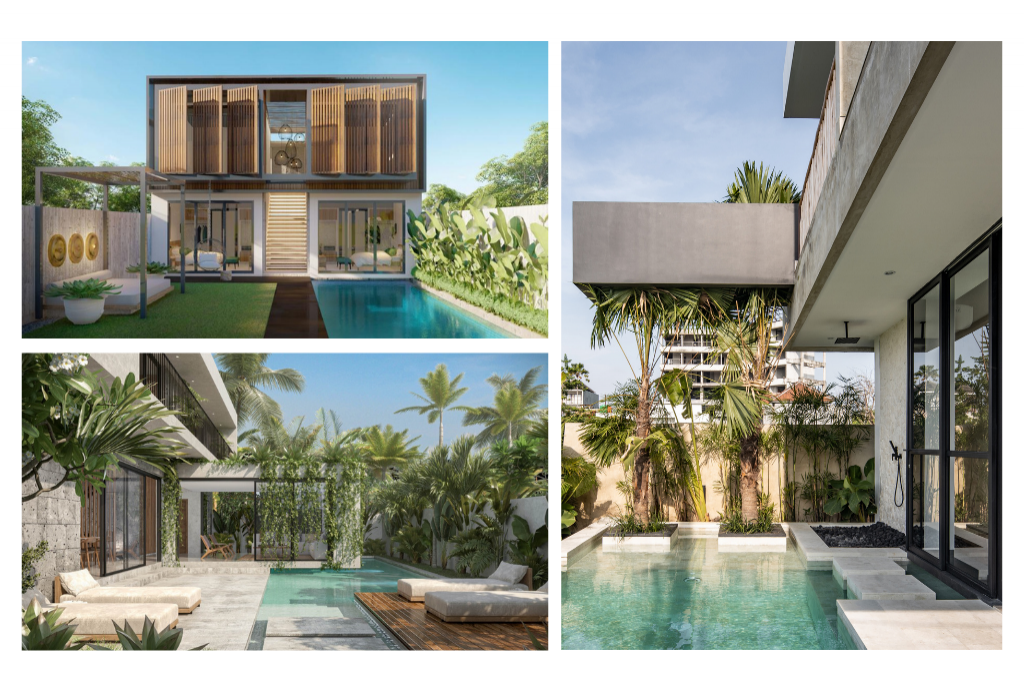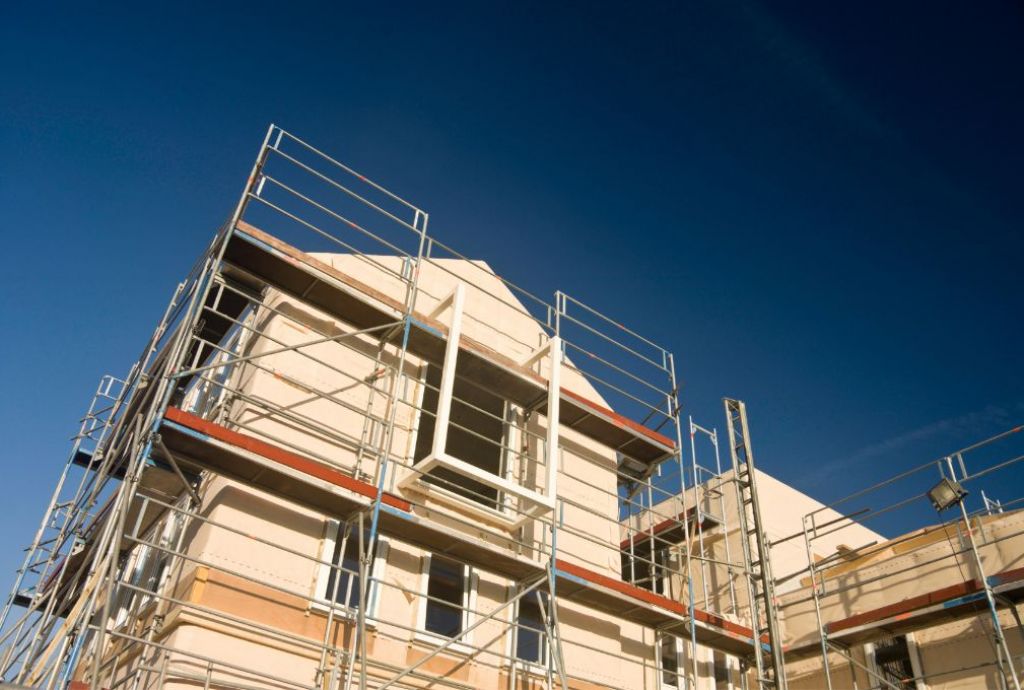
How can foreigners buy property in Bali?
When you see adverts of Bali villas for sale that are clearly targeted to foreigners, have you ever wondered if foreigners can actually buy those villas? How do you even buy a villa as a foreigner?
These kinds of questions are often asked but you will have a hard time trying to get concise answers on the internet, and we’re here to simplify things for you. Let’s take a look at the 3 frequently asked questions on buying villas in Bali.
Can foreigners buy a villa in Bali?
Yes, foreigners have the legal right to buy a leasehold property under their own name which is referred to as Hak Sewa. With this right, foreigners can own a villa in Bali for up to 30 years and they may extend the lease for 20 more years. For those who don’t know, villas for sale leasehold essentially means that you will rent the property for a long term and you may renew the lease after it expires or the villa will be returned to the land owner.
If you own a foreign investment company, you can acquire Bali villas for sale freehold under your company’s name using what is referred to as Hak Guna Bangunan (HGB) title. HGB offers better protection and flexibility compared to Hak Sewa, but it is meant for commercial purposes and you certainly won’t need it if you’re buying a villa in Bali for private use.
Also read: How to Acquire a Property using a PT PMA
How to buy a villa in Bali?
First you have to take your time and inspect the properties that you’re interested in, then make an offer and negotiate with the owner. It is very important to discuss the possibility of extension, the extension price, and the payment due date for the extension at this point. Typically, the extension price is set in accordance with the market price at the time of the extension payment (which could be at any time during the lease period, depending on the negotiation) or as defined by 3 different notaries registered in the same area as the property.
There are a few ways to negotiate the extension, but the safest option is to have the extension price and payment due date defined and written on the contract. Once you’ve reached an agreement with the owner, proceed to the due diligence process with a local notary and make your payment. Keep in mind that buyers are responsible to pay for the notary fee and sellers are legally responsible to pay the selling tax, but nevertheless the seller may request to share the tax payment and it’s part of the negotiation. After everything is set and the documents are signed, you can enjoy your new home.
Buying a villa in Bali without experienced help can be confusing, so consider hiring a trustworthy real estate agent for a smooth and secure transaction. Villas listed by professional agents are screened before they are marketed to verify the property’s ownership and condition. Moreover, professional agents can recommend a credible notary for the due diligence and help you resell the property in the future. Avoid working with freelance agents at all costs as many of them aren’t certified and pose serious risks to your investment.
Also read: How to Start an Airbnb Rental in Bali as a Foreigner
Can foreigners own property with a Freehold title?
The law has made it very clear that only Indonesian citizens have the right to own freehold land, hence why many foreigners use the controversial nominee arrangements to circumvent this. Foreigners are allowed to own freehold condos with a strata title in Indonesia, but the title only applies to units within an apartment/condo building and doesn’t apply to Bali villas.
Do not hesitate to contact us if you’d like to know more about buying a villa in Bali or other real estate related topics. In the meantime, feel free to browse our collection of villas for sale leasehold in Canggu and other amazing locations if you’re searching for the perfect Bali villa to buy.
Disclaimer: The content of this publication is provided as general information only and does not constitute legal, financial, tax, or other professional advice from Bali Home Immo. Some of the information provided on this publication is obtained from a third-party source and we do not guarantee that the content of this publication is accurate, complete or up-to-date.







